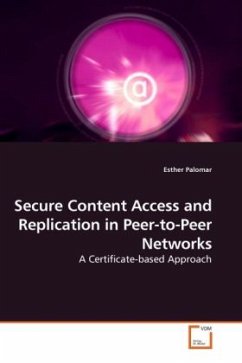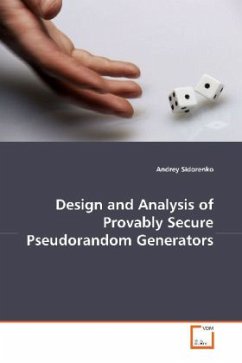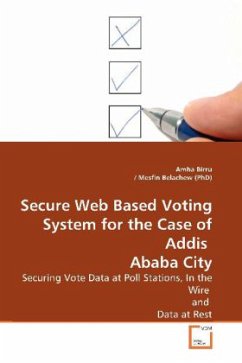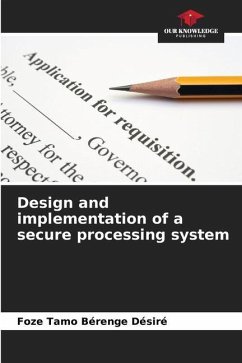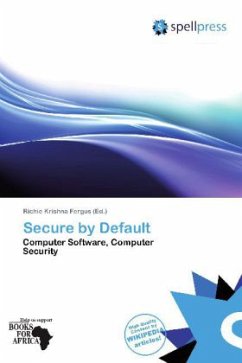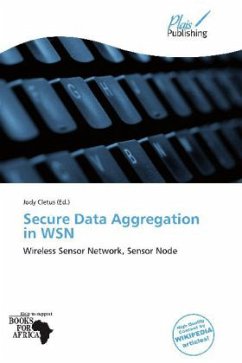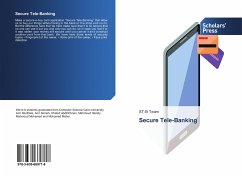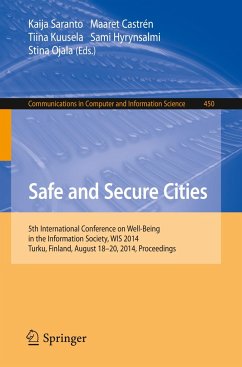
Secure Biometrics
Match Biometric Templates in Encrypted Formats
Versandkostenfrei!
Versandfertig in 6-10 Tagen
32,99 €
inkl. MwSt.

PAYBACK Punkte
16 °P sammeln!
Artificial Intronization Method (AIM) was developed to approach the problems of biometrics: number limitation, non secrecy, non-reproducibility and non-cancelability. AIM is a method of inserting introns into an exon sequence to obtain ciphertext. Three methods are proposed to introduce introns into plaintext. Its main advantage is to prevent error propagation. Its main disadvantage is that security may require a large Message Expansion Rate (MER). Therefore, three methods are proposed to control MER. With AIM the aforementioned four problems can be solved. AIM is tested and seems to be a prom...
Artificial Intronization Method (AIM) was developed to approach the problems of biometrics: number limitation, non secrecy, non-reproducibility and non-cancelability. AIM is a method of inserting introns into an exon sequence to obtain ciphertext. Three methods are proposed to introduce introns into plaintext. Its main advantage is to prevent error propagation. Its main disadvantage is that security may require a large Message Expansion Rate (MER). Therefore, three methods are proposed to control MER. With AIM the aforementioned four problems can be solved. AIM is tested and seems to be a promising mechanism for protecting fuzzy biometric data because only intronized template will be stored. AIM can also be used as a preprocessing step for other cryptographic algorithms to enhance security. AIM is vulnerable to Known-plaintext Attack due to the intentional suppression of the diffusion property in favor of zero-error propagation. Thus, it has its limitation as a stand-alone cipher.



